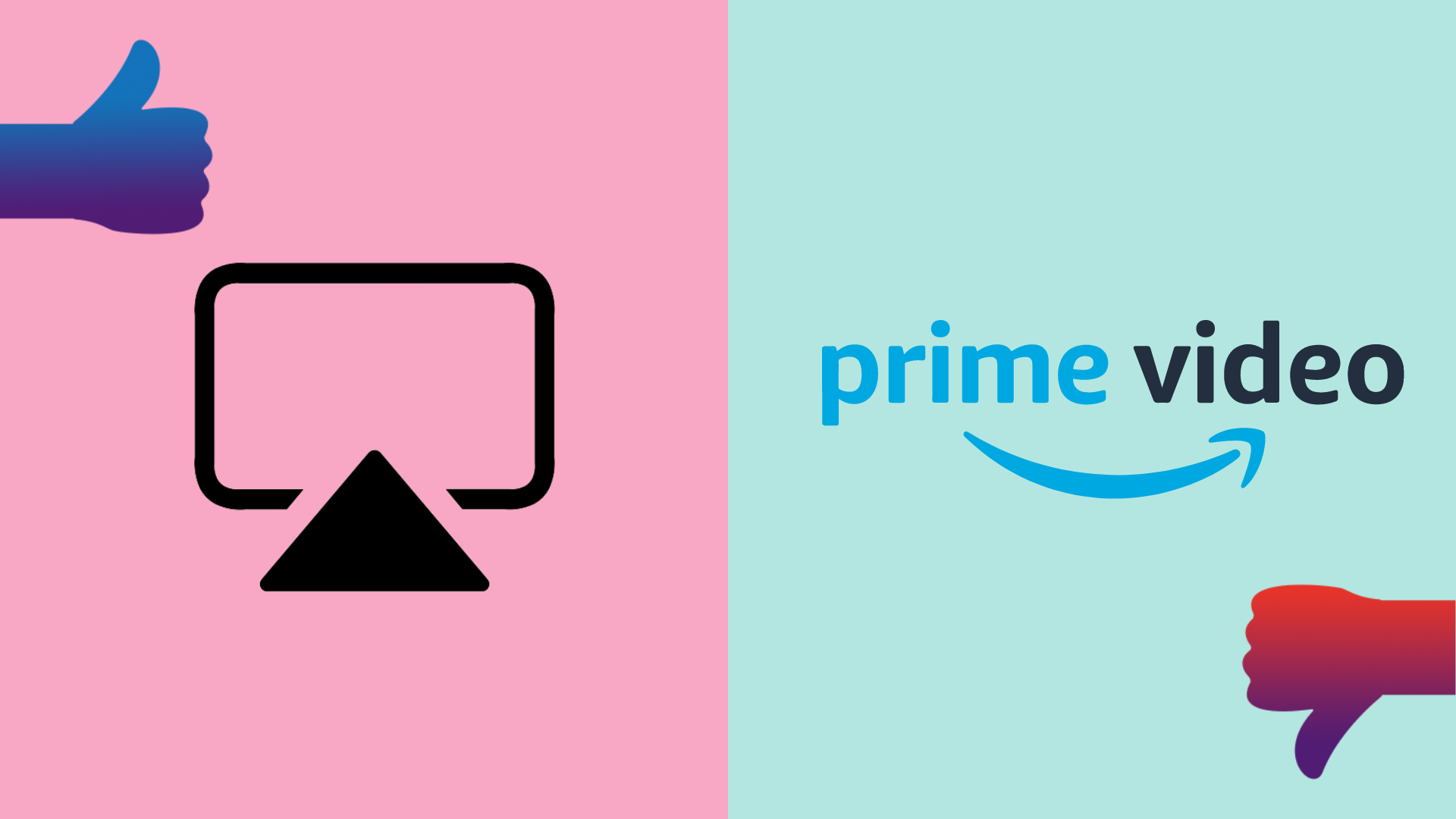The Galaxy Watch 5 is everything that’s wrong with yearly updates

OPINION: Last week I delivered my verdict on Samsung’s latest wearable, the Galaxy Watch 5, and while it’s a respectable piece of kit, it’s an absolute shambles as an upgrade to the Galaxy Watch 4, and in turn it shows everything that’s wrong with the yearly quest for relevance.
At this point, almost every major company within the tech space loves to release a new set of products on an annual basis. Whether it’s Apple, GoPro, Fitbit or indeed, Samsung – these companies are rarely content with just making a great product and letting it stand the test of time before releasing a highly anticipated update.
From a consumer point of view it’s also a bit of an oddity as only a handful of us (see: the very wealthy) are actually upgrading our devices on a yearly basis. Even though I wince at the thought, I know several people who still use an iPhone 7 as their main handset – content that it still largely works.
And before anyone points out the obvious – I do recognise that things move particularly quickly in the world of tech and last year’s specs can become outdated in next to no time, which is always going to be an issue for a company’s bottom line. The problem is that the yearly upgrade cycle should, at the very least, be taken seriously as a means of pushing the envelope and providing users with a genuinely refreshing experience. To take it for granted is exactly how you end up with the Galaxy Watch 5.

Design wise, the Watch 5 is nearly identical to its predecessor, boasting the same chipset and no real performance boost as a result. Even Samsung struggled to explain what was genuinely new about this year’s wearable, briefly mentioning the inclusion of a temperature sensor without detailing what users could expect from it. To make matters worse, it’s more expensive than the Watch 4 was at launch and that can now be found at a significantly reduced price.
All of these issues mean that, while the Galaxy Watch 5 is (by process of elimination) the best Wear OS 3 watch on the market right now, it’s difficult to recommend the device to anyone who isn’t completely obsessed with having the latest tech. This also seems to be part of a wider trend that Samsung is falling into, with the Galaxy S22 being quite similar to its predecessor and the latest rumour being that the Galaxy S23 will only be more of the same.
What happened to the devices that really pushed the boat out? Products like the iPhone X, the Meta Quest 2 and the M1 MacBook Air are well remembered because they represented significant leaps in performance and usability, while their contemporaries have faded into the background. Somehow, I just can’t imagine anyone looking back fondly on the Galaxy Watch 5 in a few years’ time.








